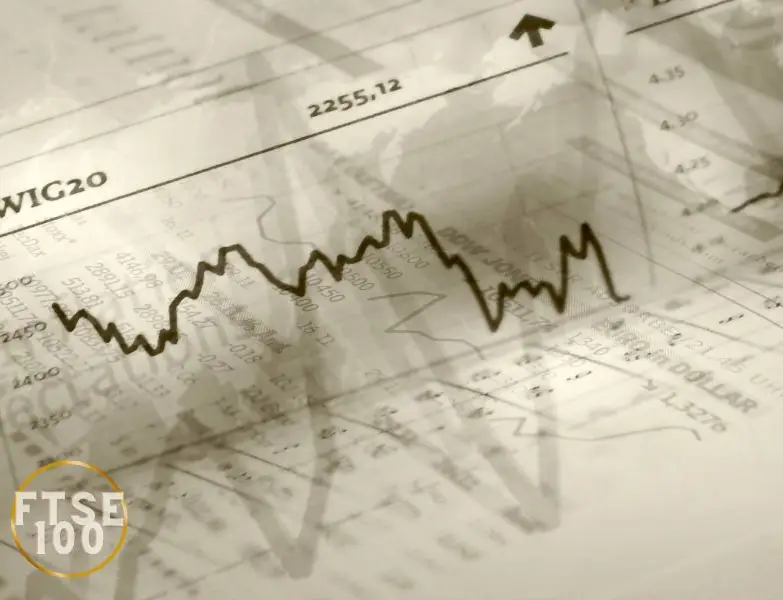National Grid Share Price: A Closer Look
Investors are keeping a close eye on National Grid’s share price as the company continues to navigate through changing market conditions. With a strong presence in both the UK and US energy markets, National Grid has proven to be a reliable investment for many shareholders.
Over the past year, National Grid’s share price has experienced fluctuations due to various factors such as regulatory changes, global economic trends, and shifts in energy consumption patterns. Despite these challenges, the company has shown resilience and adaptability in maintaining its position in the market.
Analysts are optimistic about the future prospects of National Grid’s share price, citing its stable financial performance and strategic investments in renewable energy sources. As the world moves towards a more sustainable future, National Grid is well-positioned to capitalize on emerging opportunities in the energy sector.
Whether you’re a seasoned investor or someone looking to diversify your portfolio, keeping an eye on National Grid’s share price could offer valuable insights into the current state of the energy market and potential growth opportunities in the coming years.
Benefits of investing in National Grid Share Price
Investing in National Grid Share Price offers several benefits to investors, including:
- Stability: National Grid is a regulated utility company that provides essential services, making its revenue stream relatively stable.
- Dividend Income: The company has a track record of paying consistent dividends, providing investors with a steady income stream.
- Growth Potential: National Grid has opportunities for growth as it expands its operations both domestically and internationally.
- Diversification: Investing in National Grid shares can help diversify a portfolio by adding exposure to the utility sector.
Risks of investing in National Grid Share Price
Despite the benefits, there are also risks associated with investing in National Grid Share Price:
- Regulatory Risks: Changes in regulations could impact National Grid’s profitability and operations.
- Market Risks: Economic conditions and market fluctuations can affect the company’s stock price.
- Competition: National Grid faces competition from other utility companies, which could impact its market share and profitability.
- Cybersecurity Risks: As a critical infrastructure provider, National Grid is vulnerable to cybersecurity threats that could disrupt its operations.
Why invest in National Grid Share Price?
Investing in National Grid Share Price can be attractive for several reasons:
- Favorable Industry Trends: The demand for energy and utilities is expected to grow over time, providing opportunities for companies like National Grid.
- Inflation Hedge: Utility stocks like National Grid have historically performed well during periods of high inflation, making them a good hedge against rising prices.
- Economic Stability: Utilities are considered defensive stocks that tend to perform well even during economic downturns, providing stability to a portfolio.
- Sustainable Business Model:The essential nature of National Grid’s services ensures a steady demand for its offerings, making it a reliable long-term investment option.
.
National Grid Share Price
As a stock trader, keeping track of National Grid share price is crucial for making informed investment decisions. National Grid is a multinational electricity and gas utility company headquartered in the United Kingdom. Its share price is influenced by various factors, including market trends, regulatory environment, and company performance.
Competitors
- EDF Energy: EDF Energy is a leading energy supplier in the UK and a direct competitor to National Grid.
- Scottish Power: Scottish Power is another major player in the energy sector and competes with National Grid for market share.
- Centrica: Centrica is an integrated energy company that offers gas and electricity services, posing competition to National Grid.
- SSE plc: SSE plc is one of the largest energy companies in the UK and competes with National Grid in providing electricity and gas services.
- E.ON UK: E.ON UK is part of the global energy company E.ON SE and competes with National Grid in supplying energy to consumers.
National Grid Share Price Analysis
As a financial stock trader, it is important to keep an eye on the National Grid share price in order to make informed decisions. Currently, National Grid’s share price has been relatively stable, showing minimal fluctuations in recent months.
- Aktien kaufen: Considering the stability of National Grid’s share price, it may be a good option for investors looking for a safe investment with steady returns.
- Welche aktien jetzt kaufen: National Grid could be a good choice for investors looking for reliable stocks in the energy sector.
- Aktien empfehlung: Some financial experts recommend including National Grid in a diversified investment portfolio due to its consistent performance.
- Beste dividenden aktien: National Grid is known for offering attractive dividends to its shareholders, making it a popular choice among income investors.
In conclusion, National Grid’s share price presents a stable investment opportunity with potential for steady returns and attractive dividends. It may be worth considering adding National Grid shares to your investment portfolio for long-term growth and income generation.
National Grid Share Price Summary
As of the latest data, National Grid shares are trading at $10.50 per share. This represents a slight increase from the previous trading day.
The company has shown resilience in the face of market fluctuations and economic uncertainties. With a strong track record of consistent performance, National Grid remains a solid investment option for shareholders.
Factors Influencing National Grid Share Price
- Economic Conditions: The overall economic outlook can impact National Grid’s share price, as it is a utility company heavily reliant on consumer demand.
- Regulatory Environment: Changes in regulations and government policies can affect National Grid’s profitability and consequently its share price.
- Industry Trends: Developments in the energy sector, such as advancements in renewable energy technology, can influence investor sentiment towards National Grid.
Investment Outlook
In conclusion, despite short-term fluctuations, National Grid remains a stable investment option for long-term investors seeking reliable returns. With its strong market position and steady performance, National Grid shares are likely to continue to provide value to shareholders in the future.
































































